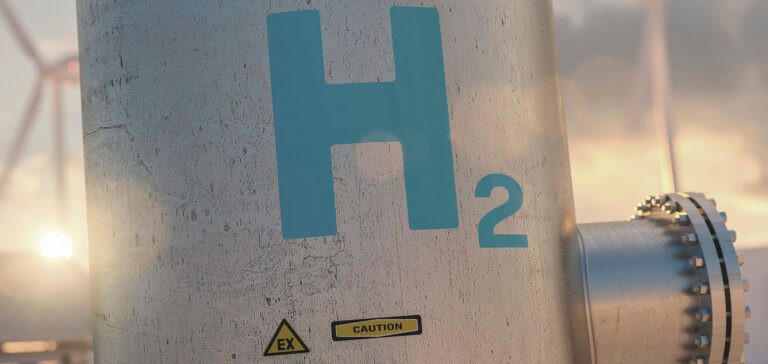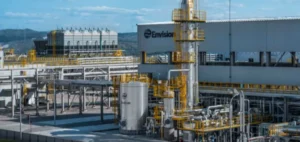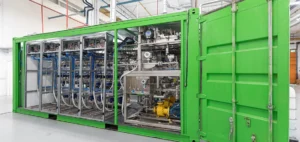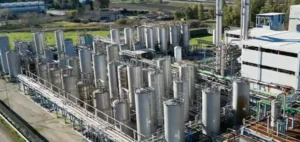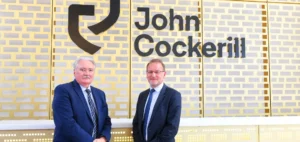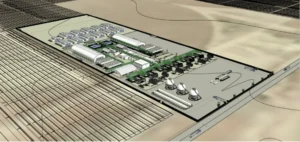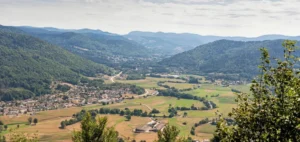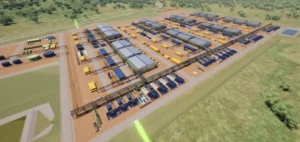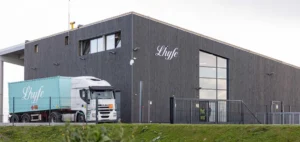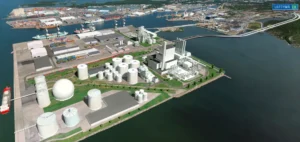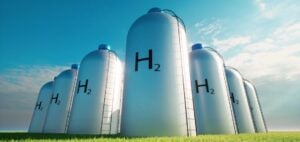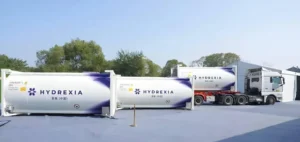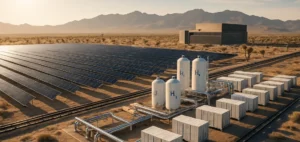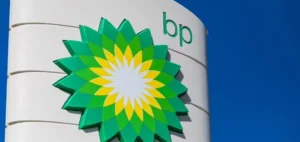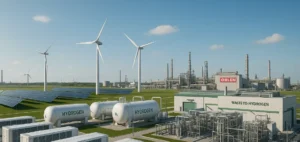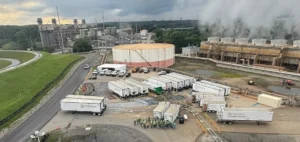Copenhagen Infrastructure Partners (CIP) has unveiled plans to build a massive green hydrogen production complex on the Eyre Peninsula in South Australia. This ambitious project, called Evergreen, will be supported by approximately 14 GW of solar and wind power generation capacity. According to local media quoting Matthew Stuchbery, vice president of CIP Australia, the Danish infrastructure fund specializing in renewable energy plans to invest about A$30 billion (US$20 billion / €18.5 billion) in the massive venture.
According to the plan, 10 GW of onshore wind farms equipped with about 1,600 turbines and 4 GW of solar photovoltaic farms will produce electricity to power 7 GW of electrolysers. The proposed capacity will be installed in an area between the Spencer Gulf and the Australian Grand Bight, with the Gawler Ranges to the north. The area near the town of Whyalla will be one of the project’s focal points for hydrogen production, where CIP will have to compete for space with other major players such as Fortescue and TotalEnergies. The Danish company will apparently seek to enter into purchase agreements for hydrogen production. A final investment decision is expected in 2028.
Australia bets on green hydrogen
This ambitious plan is part of the company’s 30 GW project development pipeline within Australia and will support the country’s strategy to become a global hydrogen leader by 2030. Earlier in May, the national government announced A$2 billion in funding for a new program that will support two to three flagship projects with up to 1 GW of green hydrogen electrolyzer capacity.
In its 2023/24 budget announced on Tuesday, the Australian government allocated A$2 billion (US$1.35 billion / €1.23 billion) to create a new program called Hydrogen Headstart. This program will provide financial support for investments in renewable hydrogen production through competitive production contracts. The Australian Renewable Energy Agency (ARENA) said Hydrogen Headstart will seek to support two to three flagship projects with up to 1 GW of hydrogen electrolyzer capacity. ARENA received an allocation of A$4.2 million this year to develop the program in consultation with the Department of Climate Change, Energy, Environment and Water.
In total, the budget invests A$4 billion, including A$2 billion in hydrogen funding, to support Australia’s ambition to become a renewable energy superpower. The budget measures also include A$1 billion for the Clean Energy Finance Corporation to provide financing for home electrification and energy improvements.

